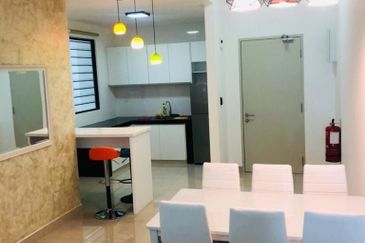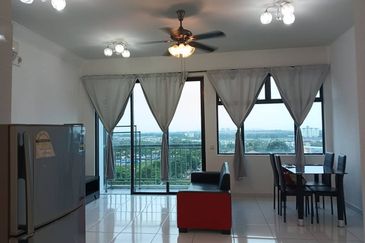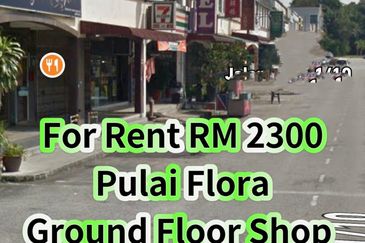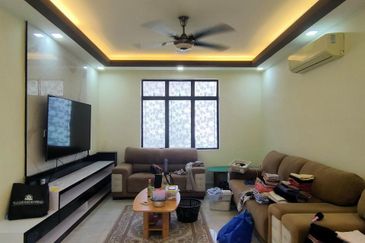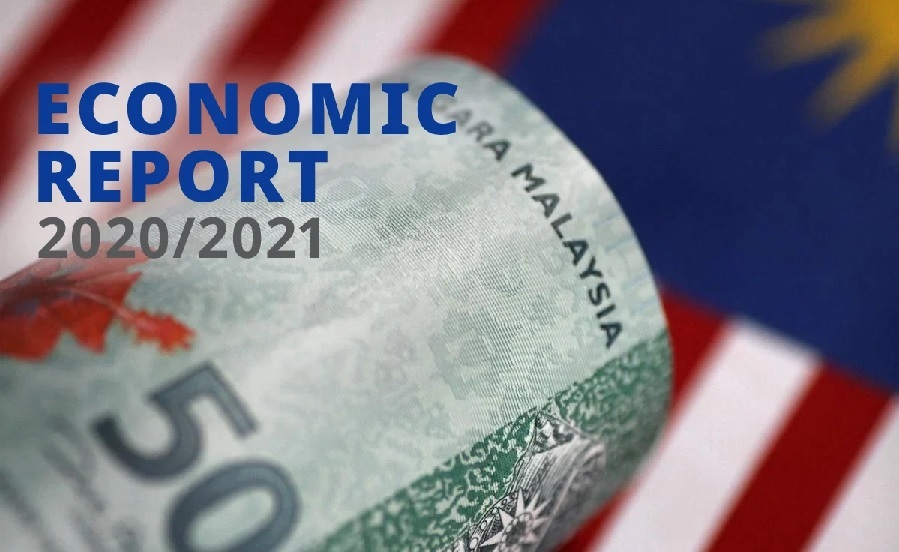
KUALA LUMPUR (Nov 6): The overall household debt increased by 4% to RM1.27 trillion, accounting for 87.5% of gross domestic product (GDP), as at end-June 2020.
The increase was mainly due to a sharp contraction in GDP during the first half of the year, the Ministry of Finance (MoF) said in its Economic Outlook 2021 report.
Read other Budget 2021 news on EdgeProp.my/Budget2021
The bulk of the debt comprised loans for purchases of residential properties (55.9%), followed by personal use (14.2%) and passenger cars (12.3%).
However, total household assets were valued at RM2.75 trillion with growth in household financial assets continuing to outpace that of debt.
“Although household debt has risen, it is expected to remain manageable, supported by programmes to rein in the debt level and measures enacted to cushion the impact of the Covid-19 pandemic on the economy,” said the MoF.
Meanwhile, household borrowings slowed down with loan approvals declining by 30% to RM88.9 billion.
Loans disbursed to households also declined by 16.3% to RM165.3 billion, mainly for consumption credit (13.1% of total loans), purchases of residential properties (6.3%) and securities (2.7%).
As at end-July 2020, total outstanding household loans rose by 4.4% to RM1.02 trillion, accounting for 56.8% of total outstanding loans in the banking sector.
Overall, lending activities slowed down, reflecting cautious sentiment on the global and domestic growth outlook.
In the first seven months of 2020, loan approvals and disbursements fell by 22% and 7.3% to RM185.5 billion and RM657.1 billion respectively.
This was mainly due to financial institutions taking precautionary measures to approve new loans following restricted economic activities.
However, total loans outstanding had expanded by 4.5% to RM1.81 trillion as at end-July 2020.
Meanwhile, loan approvals to businesses decreased by 12.5% to RM80.7 billion as at end-July 2020, with total disbursements to businesses falling by 4.3% to RM430.7 billion, representing 65.5% of total loans disbursed.
Most of the loans were channelled into manufacturing (22.2% of total loans), wholesale and retail trade, restaurants and hotels (19.4%) as well as the construction sector.
At the same time, total loans outstanding to the business sector increased by 4% to RM633.3 billion, accounting for 35.2% of total loans outstanding.
Meanwhile, the MoF remarked that the capitalisaton of the banking sector remained strong, supported by an accumulation of high-quality loss-absorbing instruments.
As at end-July 2020, excess total capital buffers remained high at RM121.6 billion.
The banking sector remained well capitalised with Common Equity Tier 1 capital, Tier 1 capital and total capital ratios at 14.6%, 15.1% and 18.3% respectively, with these ratios being well above Basel III minimum regulatory levels of 4.5%, 6% and 8%, of risk-weighted assets.
The loan quality and liquidity of the banking sector also stayed sound. As at end-July 2020, the net impaired loan ratio and loan loss coverage ratio (including regulatory reserves) remained healthy at 0.91% and 121% respectively.
Similarly, the liquidity coverage ratio was at 152%, well above the 100% minimum requirement.
“Notwithstanding uncertainties and heightened risks from global financial markets following the fallout from the Covid-19 pandemic and ongoing geopolitical tensions, the banking sector liquidity remains sufficient and stable in the near term,” said the MoF.
Get the latest news @ www.EdgeProp.my
TOP PICKS BY EDGEPROP

Setia City Residences @ Setia City
Setia Alam/Alam Nusantara, Selangor

Taman Nusa Sentral
Iskandar Puteri (Nusajaya), Johor


